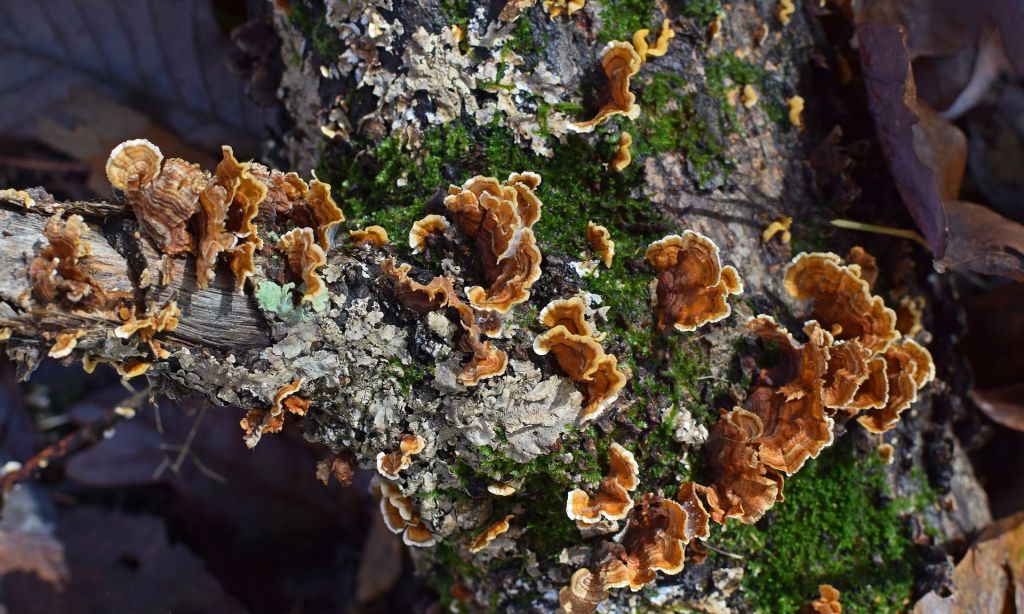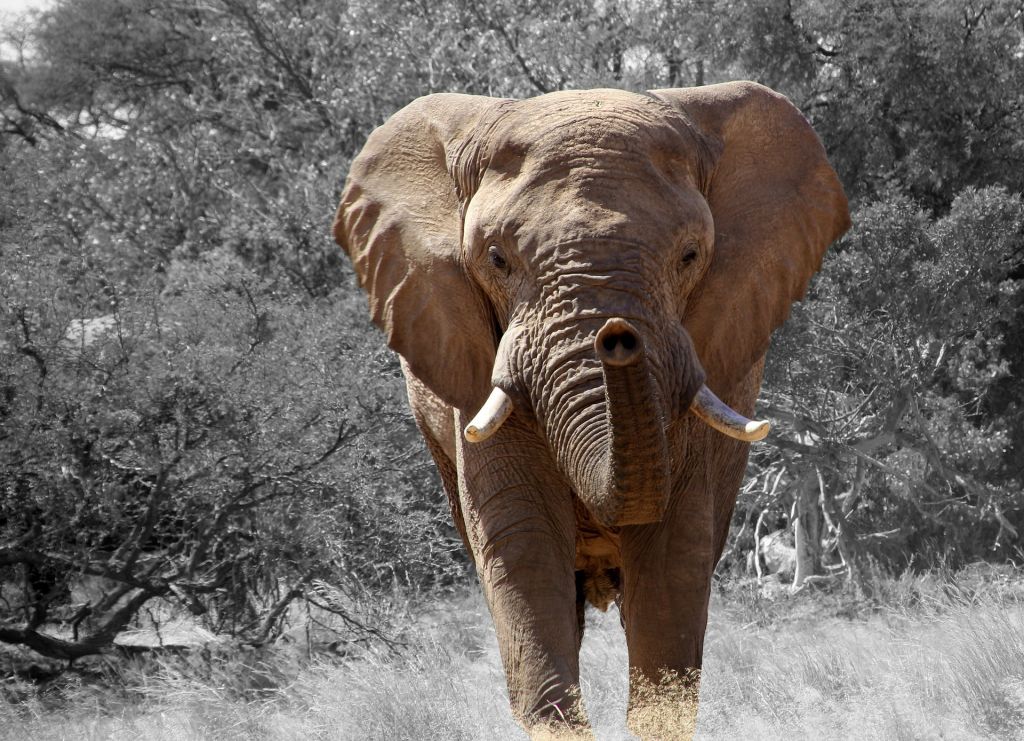The development of life on Earth

Since the first life appeared in the Earth’s oceans about 3.8-billion years ago, the pattern of life on our planet has become increasingly complex.
Life has developed from those simple organisms, exploding into more than 1.3-million documented species of living things on Earth today. Scientists estimate there are between 30-million and 100–million species on Earth, though only about 1.3–million of these have been documented.
The development of life on Earth as we know it has generally been gradual, although there have been periods of rapid change. The most prolific profusion of species has occurred during the last eighth of Earth’s history, known as the Phanerozoic Era, within the past 543-million years.
Among the Earth’s first organisms were cyanobacteria: tiny, single-celled creatures which formed a film over the surface of mud and trapped coats of it, making layered structures called stromatolites. Stromatolites emerged soon after the Earth cooled and the atmosphere and oceans formed. Although now nearly extinct, these microbial mats are still forming in some places, such as in the highly saline waters of Shark Bay, in Western Australia.
Fossil stromatolites have been discovered in a wide variety of environments, from thermal springs to lakes, the sea and even below ice-covered lakes in Antarctica. Scientists have found fossil traces of stromatolites which are about 3.5-billion years old – some of the world’s oldest – near Barberton in the Mpumalanga Province of South Africa. Stromatolite fossils of a similar age have also been found in north-western Australia and Greenland. Fossil stromatolites have also been found at Sterkfontein.
The stromatolite fossil record is almost the only evidence we have of life on Earth for the first s
even-eighths of the planet’s existence.
Diversity
The last eighth of the Earth’s history saw an explosion of life.
About 600-million years ago, the first sponges, jellyfish and flat worms appeared in the oceans. The first arthropods – millipedes and centipedes, and later spiders and scorpions – moved onto land about 450-million years ago. Insects first evolved about 400-million years ago and reptiles about 330-million years ago. The first mammals appeared about 220-million years ago, and the first birds about 150-million years ago. The first flowering plants began to grow about 118-million years ago. The last dinosaurs were wiped out about 65-million years ago, and the first primates – our ancient ancestors – appeared about 55-million years ago.

At present, classified species include 4,000 different mammals, 9,000 birds and 750,000 types of insects.
But hundreds – possibly thousands – of species are becoming extinct every year. Some estimates put the number of species dying out at about 100 every day; even conservative records of extinctions run to more than 500 a year.
Scientists regard Africa as a remnant of the Earth’s past diversity. Its relatively sparse human populations until now have allowed people and a great range of other species to co-exist. But this is changing fast. The amazing biodiversity of life on Earth is now under serious threat.
Return to the Exhibition Guide.